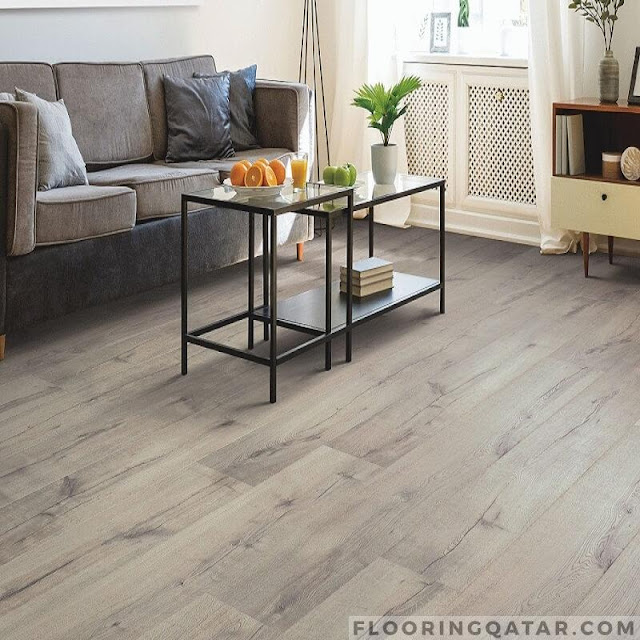Flooring is a durable and waterproof option that is ideal for high-traffic areas, such as bathrooms and kitchens.
Flooring is an essential element of any interior design project. It can elevate the aesthetic appeal of a space and make it more functional. Whether you are renovating your home, designing a new office space, or building a new house, selecting the right flooring is crucial. With numerous options available in the market, choosing the right flooring can be overwhelming. In this article, we will guide you through the different types of flooring, their advantages and disadvantages, and the factors to consider when selecting flooring for your project.
Types of Flooring:
Hardwood: Hardwood flooring Qatar is a classic choice that can add elegance and warmth to any space. It is durable and can last for decades if maintained properly. It comes in different species, grades, and finishes, and can be installed in various patterns. However, it can be expensive and may require refinishing over time.
Laminate: Laminate flooring is a popular choice for its affordability, durability, and ease of installation. It is available in various colors and designs and can mimic the look of hardwood, tile, or stone. However, it is not as durable as hardwood and may not add as much value to your property.
Vinyl: Vinyl flooring is a resilient and versatile option that is waterproof and easy to clean. It comes in different types, including sheet, tile, and plank, and can mimic the look of other materials. However, it may not be as durable as hardwood or tile, and some types may emit volatile organic compounds (VOCs) that can affect indoor air quality.
flooring is a durable and waterproof option that is ideal for high-traffic areas, such as bathrooms and kitchens. It comes in different materials, including ceramic, porcelain, and natural stone, and can add a unique texture and pattern to your space. However, it can be cold underfoot and may require frequent cleaning and sealing.
Factors to Consider:
When selecting flooring for your project, consider the following factors:
Budget: Determine how much you can afford to spend on flooring and select an option that fits within your budget.
Lifestyle: Consider your lifestyle and the needs of your household. If you have children or pets, choose a durable and easy-to-clean option.
Location: Consider the location of your space and the level of traffic it receives. For high-traffic areas, choose a durable option that can withstand wear and tear.
Aesthetic: Consider the style and color scheme of your space and select a flooring option that complements it.
Installation: Consider the installation process and the associated costs. Some options, such as hardwood, may require professional installation.
flooring is an essential element of any interior design project. It can add value, functionality, and aesthetic appeal to your space. When selecting flooring, consider your budget, lifestyle, location, aesthetic, and installation process. With the right flooring, you can create a space that is not only beautiful but also functional and durable.



Comments
Post a Comment